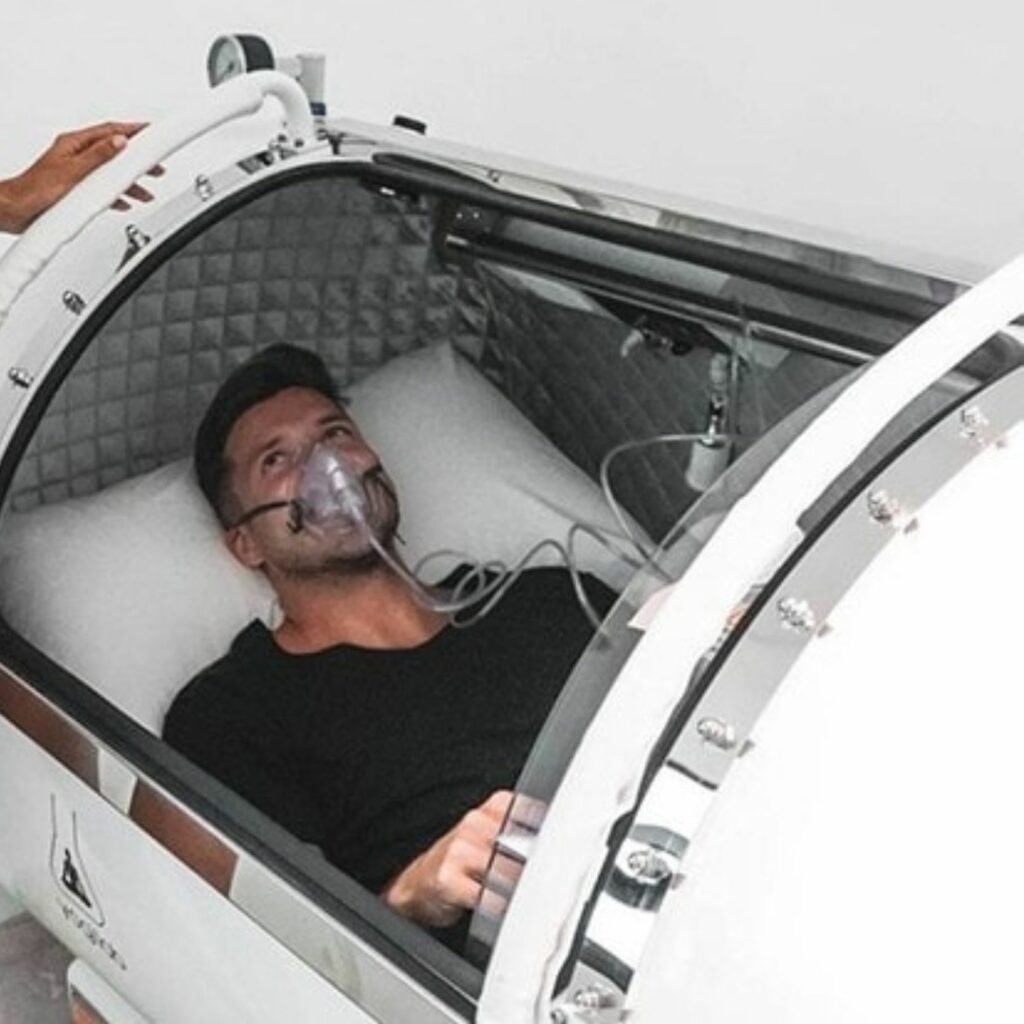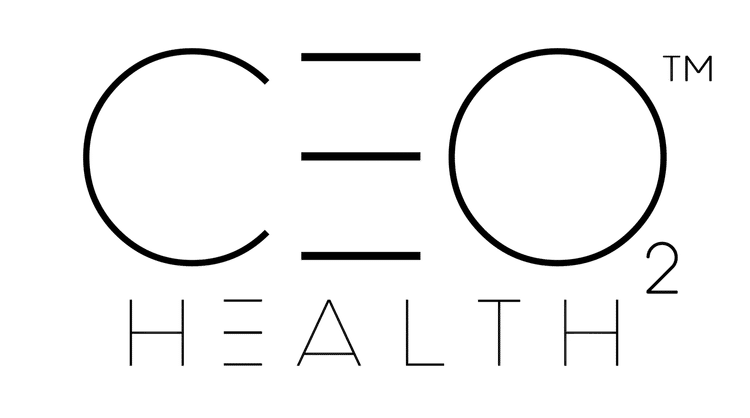
Alzheimer’s disease, a devastating neurodegenerative disorder, affects millions of individuals worldwide, leading to severe cognitive decline and memory loss. Despite extensive research, effective treatments remain limited. However, an emerging therapy known as Hyperbaric Oxygen Therapy (HBOT) offers a glimmer of hope. By placing Alzheimer’s patients in oxygen chambers, HBOT might halt or even reverse the disease’s progression. Here’s a closer look at how this innovative treatment works and its potential impact on Alzheimer’s disease.
Understanding Hyperbaric Oxygen Therapy
Hyperbaric Oxygen Therapy involves breathing pure oxygen in a pressurized chamber. This environment allows a higher concentration of oxygen to dissolve in the blood plasma, significantly increasing oxygen delivery to tissues throughout the body, including the brain. This enhanced oxygenation promotes healing, reduces inflammation, and supports cellular repair and regeneration.
Mechanisms of HBOT in Alzheimer’s Disease
1. Increased Oxygen Supply to the Brain
Alzheimer’s disease is characterized by reduced blood flow to the brain, leading to hypoxia (low oxygen levels) and subsequent neuronal damage. HBOT counteracts this by significantly increasing the oxygen supply to brain tissues. Enhanced oxygenation can improve neuronal function and energy production, which are essential for maintaining cognitive processes and potentially reversing memory impairments.
2. Reduction of Inflammation
Chronic inflammation is a hallmark of Alzheimer’s disease and contributes to neuronal damage and cognitive decline. HBOT has been shown to reduce inflammation by downregulating pro-inflammatory cytokines and promoting anti-inflammatory pathways. By decreasing inflammation, HBOT can help protect brain cells from further damage and support cognitive function.
3. Promotion of Neurogenesis and Synaptic Plasticity
HBOT stimulates neurogenesis, the process of generating new neurons in the brain, and enhances synaptic plasticity, the ability of synapses (the connections between neurons) to strengthen or weaken over time. These processes are crucial for learning and memory formation. By promoting neurogenesis and synaptic plasticity, HBOT can help restore cognitive functions that have been impaired by Alzheimer’s disease.
4. Repair of Damaged Brain Tissue
HBOT facilitates the repair of damaged brain tissues by promoting the release of growth factors and stem cells. These factors contribute to the regeneration of neuronal tissues and the formation of new blood vessels (angiogenesis), improving overall brain health and functionality. This repair process is essential for reversing the effects of Alzheimer’s disease.
Hyperbaric Oxygen Therapy presents a promising avenue for treating Alzheimer’s disease by enhancing oxygen supply to the brain, reducing inflammation, promoting neurogenesis and synaptic plasticity, facilitating amyloid clearance, and repairing damaged brain tissue. While further research is needed to fully understand its long-term benefits and optimal treatment protocols, HBOT offers hope for halting or even reversing the progression of Alzheimer’s disease. As the scientific community continues to explore this innovative therapy, HBOT could become a valuable tool in the fight against this devastating neurodegenerative disorder, providing patients and their families with new avenues for hope and healing.
CEO2 Health is a premier health and wellness services provider in Los Angeles, dedicated to helping individuals achieve the most optimal version of themselves. The clinic reimagines the confluence of technology and traditional healing practices, creating an atmosphere of hope.

